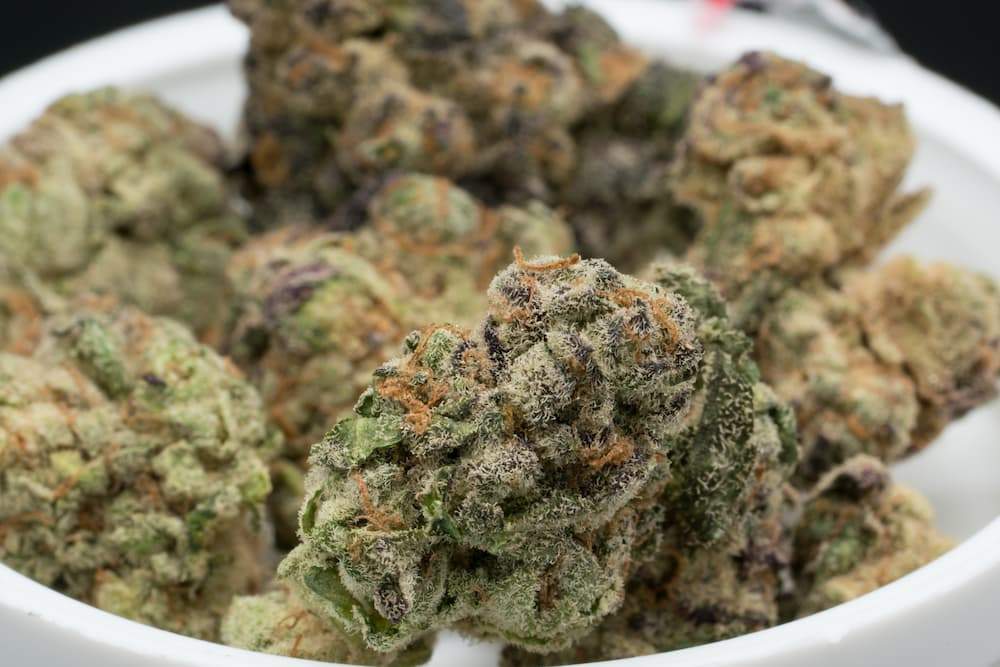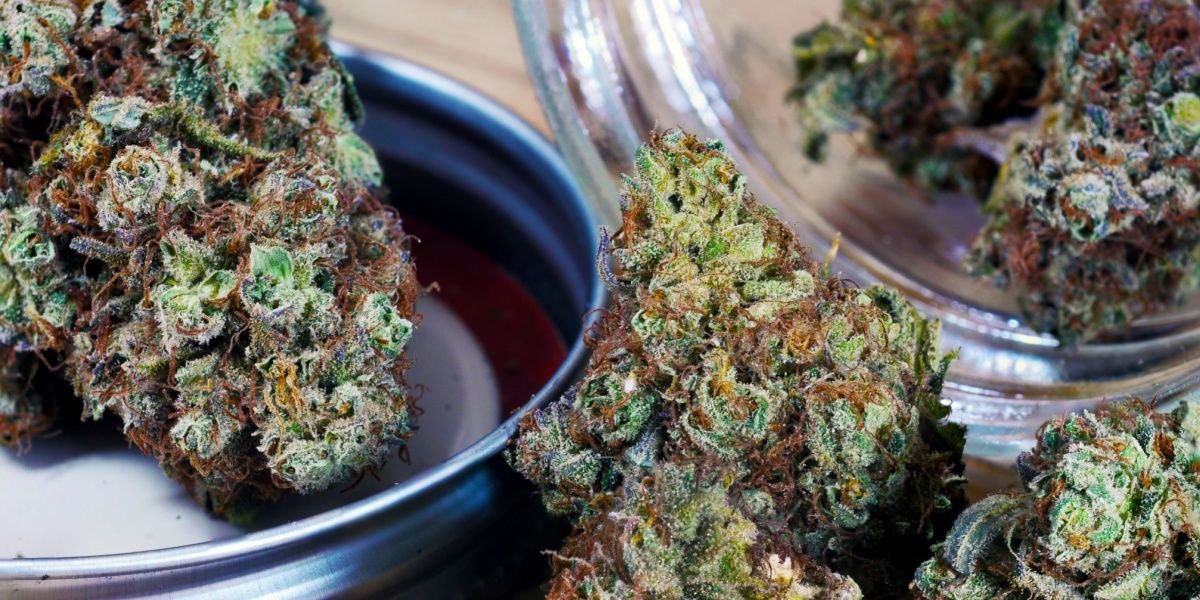The world of cannabis is a tapestry of complexity, woven with compounds, strains, and effects that spark curiosity and debate. At the heart of this intricate landscape lies Delta 9 THC, the primary psychoactive compound in cannabis, responsible for the euphoric “high” that users seek. A question that frequently surfaces among enthusiasts and newcomers alike is whether Delta 9 THC is tied to Sativa or Indica strains, or if it exists in a category of its own. This blog post dives deep into the science, history, and practical implications of Delta 9 Sativa and Delta 9 Indica, while also touching on the growing market for Delta 9 Wholesale products. By exploring facts, figures, and the nuanced interplay of cannabis chemistry, we aim to demystify this fascinating compound.
The Essence of Delta 9 THC
Delta 9 THC, or Delta-9-tetrahydrocannabinol, is the most abundant and well-known cannabinoid found in the Cannabis sativa plant, which encompasses both marijuana and hemp varieties. Unlike its cousins Delta 8 and Delta 10, which appear in trace amounts, Delta 9 THC is naturally present in significant concentrations, often making up 10-30% of the dry weight of cannabis flower. Its psychoactive effects stem from its strong binding affinity to CB1 receptors in the brain’s endocannabinoid system, triggering feelings of euphoria, altered perception, and relaxation. According to a 2022 study in the Journal of Cannabis Research, Delta 9 THC is favored for its potent effects, with 57% of participants preferring it over other cannabinoids for its intense psychoactive profile. But does this potency align specifically with Sativa, Indica, or something else entirely?
A Historical Lens on Sativa and Indica
To understand the Delta 9 Sativa and Delta 9 Indica debate, we must travel back to the 18th century. In 1753, botanist Carl Linnaeus classified all cannabis as Cannabis sativa, based on European specimens. Later, in 1785, Jean-Baptiste Lamarck identified a distinct type in India, naming it Cannabis indica due to its shorter, bushier structure and different effects. Sativa plants, originating from equatorial regions like Colombia and Thailand, are tall and lanky, often associated with uplifting, cerebral effects. Indica plants, from cooler mountainous areas like Afghanistan, are shorter and linked to relaxing, body-focused highs. Today, most cannabis is a hybrid, blending traits of both, with 70% of modern strains being hybrids, according to a 2023 report by Leafly. This crossbreeding muddies the waters, making it tricky to pin Delta 9 THC to one category.
Delta 9 THC: Beyond the Sativa-Indica Divide
Here’s the crux: Delta 9 THC is not inherently Sativa or Indica. It’s a chemical compound found in both Cannabis sativa and Cannabis indica plants, as well as their hybrids. The misconception that Delta 9 is exclusive to one type stems from Sativa’s frequent use in extracting Delta 9 due to its higher THC yields in certain strains. A 2023 analysis by Delta Munchies revealed that Delta 9 THC levels depend on specific genetics and cultivation methods, not the Sativa or Indica label. For instance, indoor-grown cannabis often boasts higher THC concentrations (15-25%) compared to outdoor crops (10-20%). Strains like Durban Poison (Sativa) and Hindu Kush (Indica) can both contain high Delta 9 THC levels, ranging from 15-22%, showing that the compound transcends traditional classifications.

The Role of Terpenes in Shaping Effects
If Delta 9 THC is the same molecule in both Sativa and Indica, why do their effects differ? The answer lies in terpenes, aromatic compounds that give cannabis its unique flavors and influence its effects through the entourage effect. Sativa strains often feature terpenes like limonene and β-pinene, which promote alertness and creativity. For example, Pineapple Express, a Sativa-dominant strain, contains limonene, enhancing mood and focus, ideal for daytime use. Indica strains, like Blue Zkittles, are rich in linalool and humulene, which foster relaxation and stress relief, perfect for evening unwinding. A 2022 study by My Pain Center found that terpenes, when combined with Delta 9 THC, modulate its psychoactive impact, creating distinct experiences despite identical THC molecules.
Delta 9 Sativa: The Uplifting Experience
Delta 9 Sativa products are crafted to harness the energizing effects associated with Sativa strains. These products, like gummies or vapes, often incorporate Sativa-specific terpenes to amplify the “mind high.” For instance, a 10mg Delta 9 Sativa gummy from My Pain Center, infused with 15mg CBG and limonene, is designed for daytime use, boosting focus and creativity. User reports on platforms like Reddit describe Delta 9 Sativa as delivering a “cerebral buzz” with mild euphoria, ideal for social settings or creative tasks. However, effects vary by individual, with some experiencing heightened anxiety at higher doses (above 20mg), according to a 2024 Healthline report. This variability underscores the importance of starting with low doses, especially for those with lower THC tolerance.
Delta 9 Indica: The Path to Relaxation
Conversely, Delta 9 Indica products emphasize calming, sedative effects. These are often marketed for nighttime use, with strains like Northern Lights or Blueberry GDP featuring terpenes like myrcene for deep relaxation. A 2025 KOI CBD post notes that Indica-based Delta 9 products, such as gummies with 10mg THC and 10mg CBD, help soothe physical discomfort and promote restful sleep. Users with conditions like chronic pain or insomnia report significant relief, with a 2022 survey by cbdMD showing 62% of Delta 9 Indica users experienced improved sleep quality. However, overconsumption (above 25mg) can lead to sedation or grogginess, making dosage control critical.
The Rise of Delta 9 Wholesale Markets
The growing popularity of Delta 9 THC has fueled a booming Delta 9 Wholesale market, particularly for hemp-derived products compliant with the 2018 Farm Bill, which permits products with less than 0.3% Delta 9 THC by dry weight. Companies like Binoid and iDELTA8 offer bulk Delta 9 gummies, vapes, and flower, catering to retailers and consumers seeking cost-effective options. A 2022 Binoid report highlighted that wholesale Delta 9 products have seen a 40% sales increase since 2020, driven by legal accessibility and consumer demand for both Sativa and Indica effects. However, a NORML analysis warns that 65% of hemp-derived Delta 9 products may contain synthetic THC, urging buyers to prioritize lab-tested products from reputable suppliers.
Legal and Practical Considerations
Delta 9 THC’s legality hinges on its source. Hemp-derived Delta 9, with less than 0.3% THC, is federally legal under the 2018 Farm Bill, making it widely available in gummies, edibles, and vapes. Marijuana-derived Delta 9, however, is restricted in many states, accessible only through dispensaries where recreational or medical use is legal. A 2023 Reddit thread from r/SaltLakeCity highlighted consumer confusion about Delta 9’s legality, with users praising brands like Flourish for reliable, legal hemp-derived products. For those considering Delta 9, starting with a 5-10mg dose and waiting 90 minutes for edibles to kick in is advisable, as effects can last 6-10 hours, per a 2024 IndaCloud report.
Choosing Your Delta 9 Experience
Ultimately, whether you opt for Delta 9 Sativa or Delta 9 Indica depends on your desired outcome. Sativa-leaning products suit daytime activities, offering energy and focus, while Indica-leaning ones are ideal for relaxation and sleep. The real magic lies in the interplay of Delta 9 THC with strain-specific terpenes and other cannabinoids, not the Sativa-Indica label. As the Delta 9 Wholesale market expands, consumers have more options than ever, but quality matters. Always choose lab-tested products from trusted sources to ensure safety and potency. With 70% of cannabis strains now hybrids, the future of Delta 9 lies in personalized experiences, tailored to individual needs and preferences.
Discover the future of cannabis with NanoHempTechLabs’ premium Delta 9 THC products! Our hemp-derived Delta 9 Sativa and Indica offerings, including gummies, vapes, and innovative Nano 9 Seltzer, deliver unmatched potency and rapid onset through cutting-edge nano-emulsion technology. Perfect for retailers, our diverse, lab-tested products meet the booming demand for high-quality Delta 9 Wholesale solutions. Customize your inventory with our white-label options and capitalize on the $197.74 billion cannabis market by 2028. Elevate your business today—schedule a consultation call with NanoHempTechLabs to explore profitable partnerships and redefine your cannabis offerings,
Reference:
- Bhattacharyya, S., Falkenberg, I., Martín‐Santos, R., Atakan, Z., Crippa, J., Giampietro, V., … & McGuire, P. (2014). Cannabinoid modulation of functional connectivity within regions processing attentional salience. Neuropsychopharmacology, 40(6), 1343-1352. https://doi.org/10.1038/npp.2014.258
- Sholler, D., Moran, M., Dolan, S., Borodovsky, J., Alonso, F., Vandrey, R., … & Spindle, T. (2022). Use patterns, beliefs, experiences, and behavioral economic demand of indica and sativa cannabis: a cross-sectional survey of cannabis users.. Experimental and Clinical Psychopharmacology, 30(5), 575-583. https://doi.org/10.1037/pha0000462





